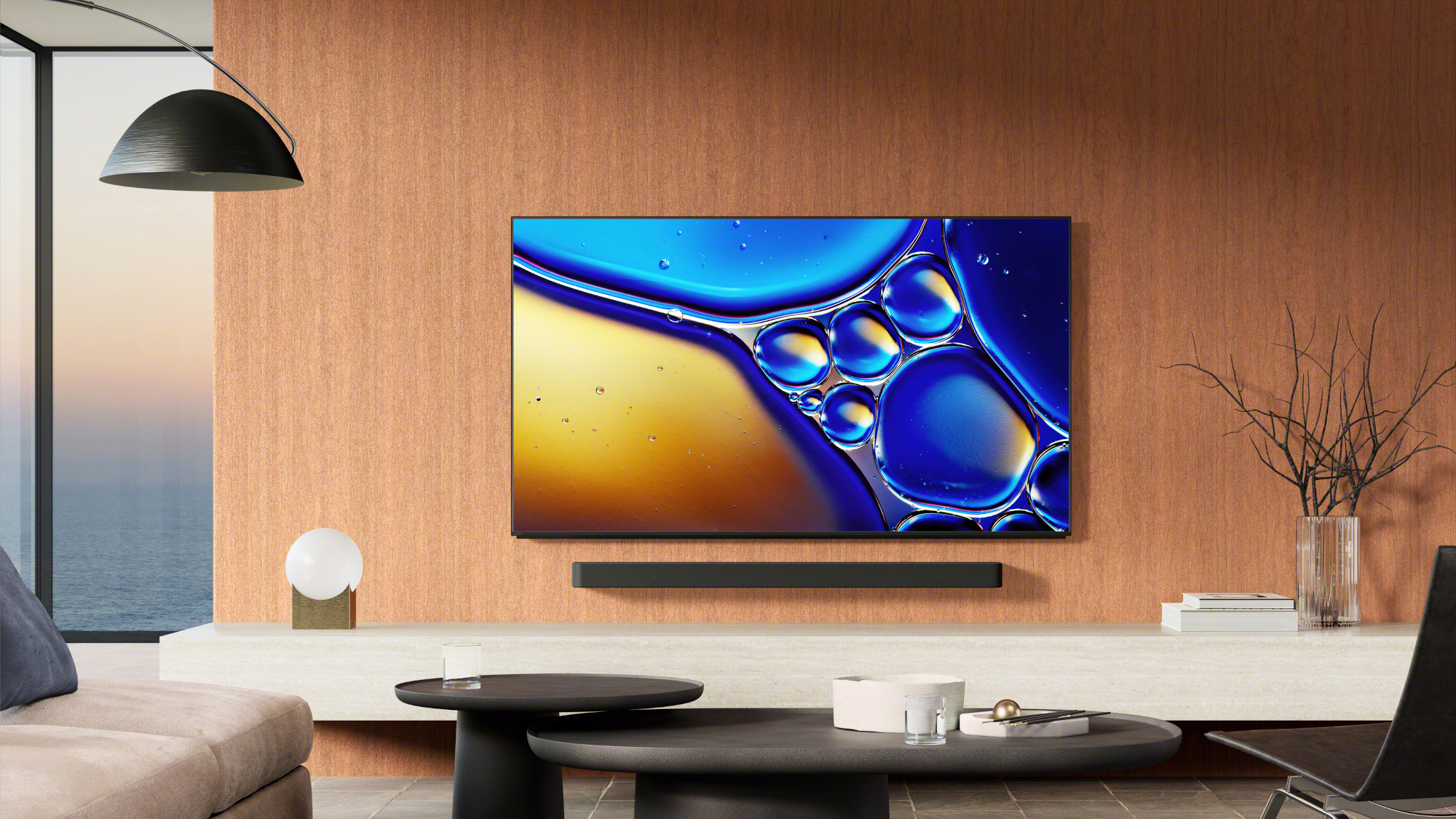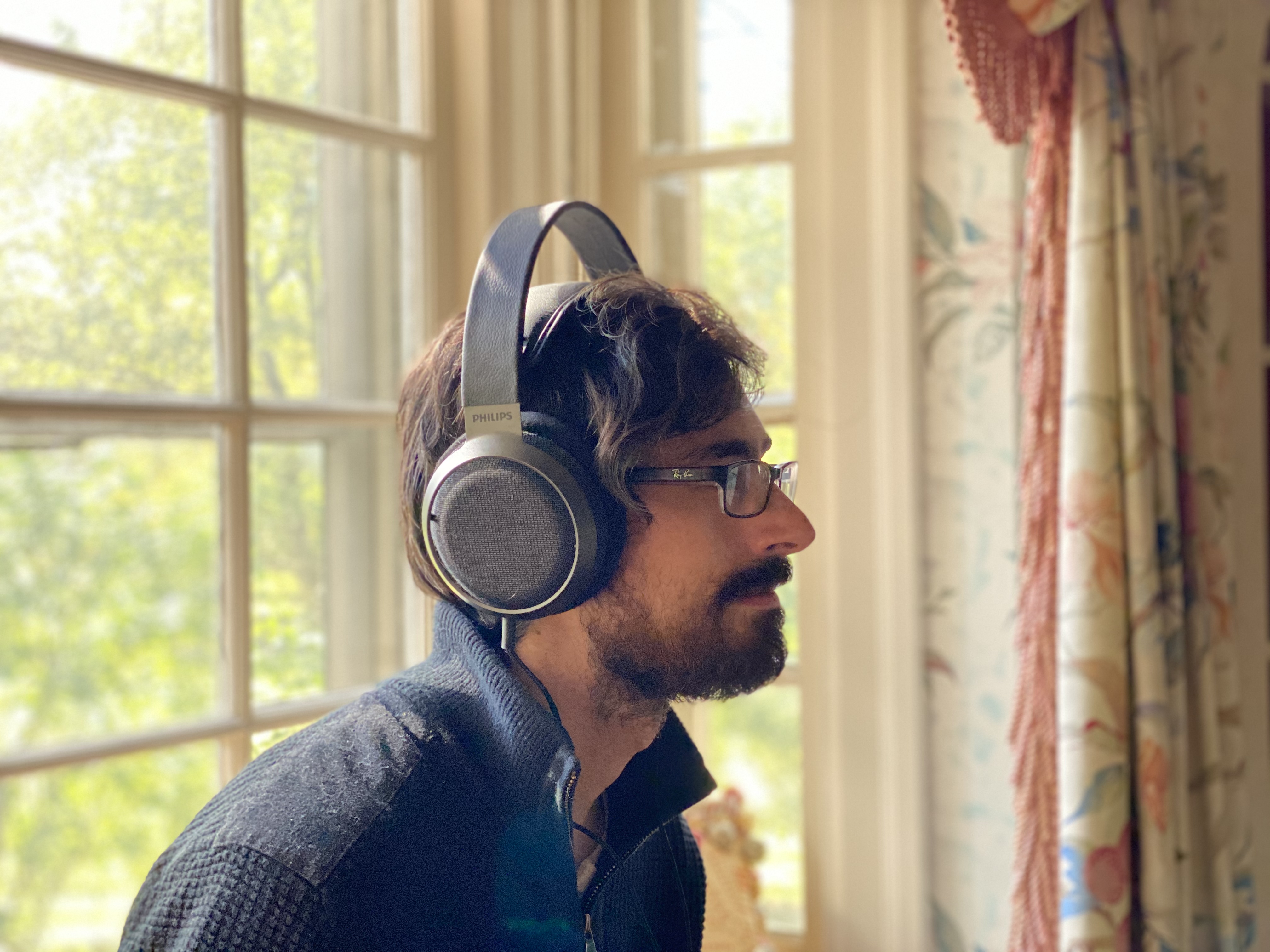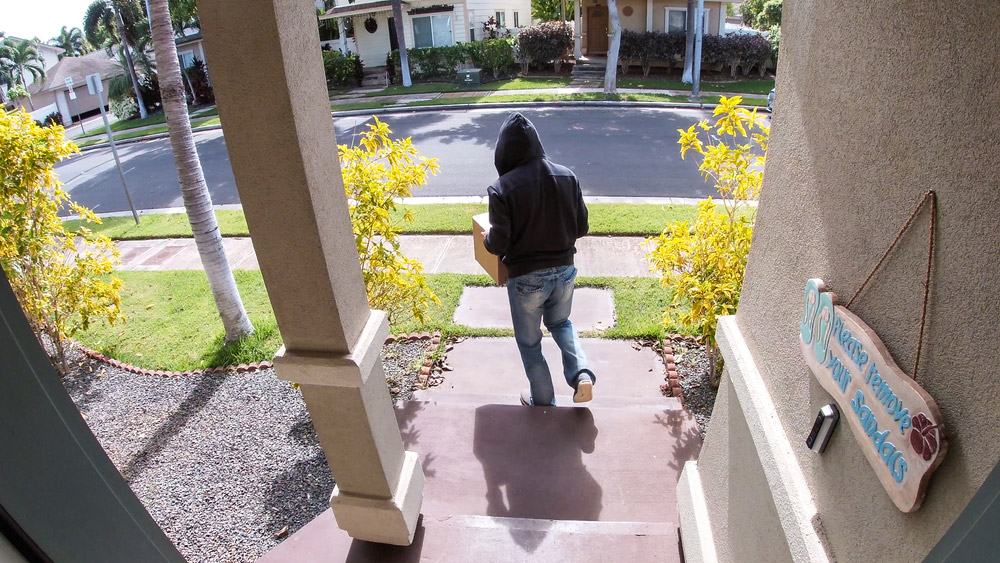OLED breakthrough — this display pumps out sound from every single pixel
Watch out Atmos — researchers in South Korea just made Pixel-Based Local Sound

OLED panel technology has come a long way visually since its debut a decade ago, but next-gen OLED TVs might feature cutting-edge audio with millions of tiny speakers.
The technology was recently described in a post on the Pohang University of Science & Technology's website and it's called Pixel-Based Local Sound OLED.
The idea here is similar to Sony OLED TVs like the Sony Bravia A95L OLED that use exciters to vibrate the OLED panel to create sound. Only in this case, there are several million of these exciters all working in tandem: "Piezo exciters, arranged similarly to pixels, convert electrical signals into sound vibrations without occupying external space. Crucially, they are fully compatible with the thin form factor of OLED panels."
Allegedly the team successfully demonstrated the technology on a 13-inch OLED panel and says the technology could extend to TVs, laptops, phones and more.
Pixel-perfect sound
The university behind this innovation has a good track record in creating innovative display technologies. It's recently published research on flexible OLED displays and LCDs, and it keeps an eye on the industry.
The latest innovation, Pixel-Based Local Sound OLED, has a lot of promise, even if it's not quite ready for adoption by mainstream panel manufacturers.
“This technology has the potential to become a core feature of next-generation devices, enabling sleek, lightweight designs in smartphones, laptops, and automotive displays — while delivering immersive, high-fidelity audio,” says Professor Su Seok Choi.
Get instant access to breaking news, the hottest reviews, great deals and helpful tips.
How it'll innovate is by bringing more dense clusters of actuators together without crosstalk (audio interference) of any sort. That's something we've yet to see from the likes of Samsung or LG Display, so there's reason to be excited.
The long road from prototype to mass-produced product

If you want a version of this technology without the wait, the upcoming Sony Bravia 8 II (pictured above) has two actuators and two subwoofers, the former of which are built into the panel.
Having a million exciters all producing a different sound could give Dolby Atmos a run for its money, but there's a long road from prototype to mass-produced product.
One possible scenario is that one of the major display manufacturers like LG, Samsung TCL CSOT or BOE will license the technology for use in upcoming models. But that will require loads of R&D and could take a few years.
In short, don't let this new discovery stop you from buying one of the best soundbars to go with your next TV purchase. But you should know that there's hope that, at some point, soundbars may become obsolete thanks to Pixel-Based Local Sound OLED.
More from Tom's Guide

Nick Pino heads up the TV and AV verticals at Tom's Guide and covers everything from OLED TVs to the latest wireless headphones. He was formerly the Senior Editor, TV and AV at TechRadar (Tom's Guide's sister site) and has previously written for GamesRadar, Official Xbox Magazine, PC Gamer and other outlets over the last decade. Not sure which TV you should buy? Drop him an email or tweet him on Twitter and he can help you out.
You must confirm your public display name before commenting
Please logout and then login again, you will then be prompted to enter your display name.
